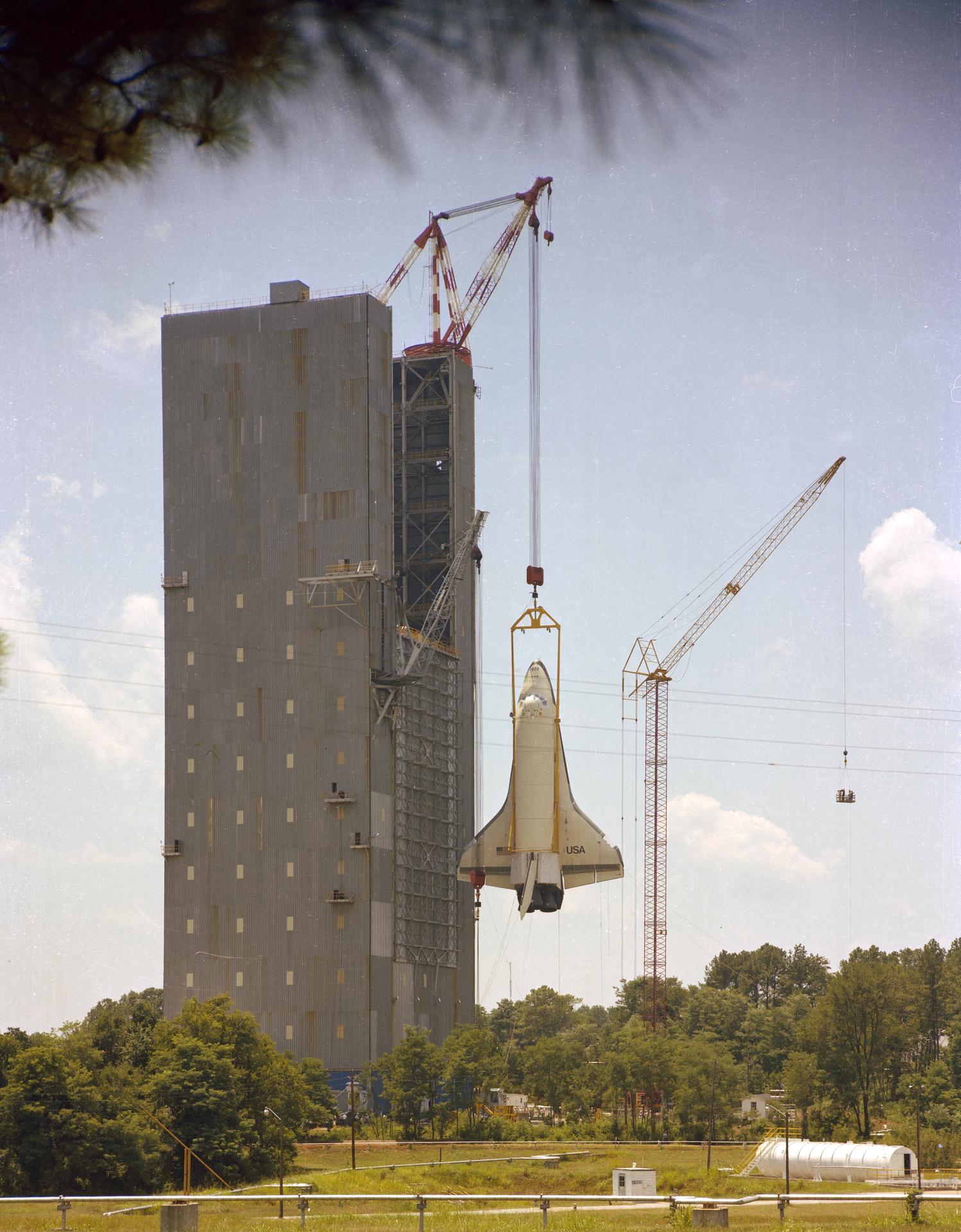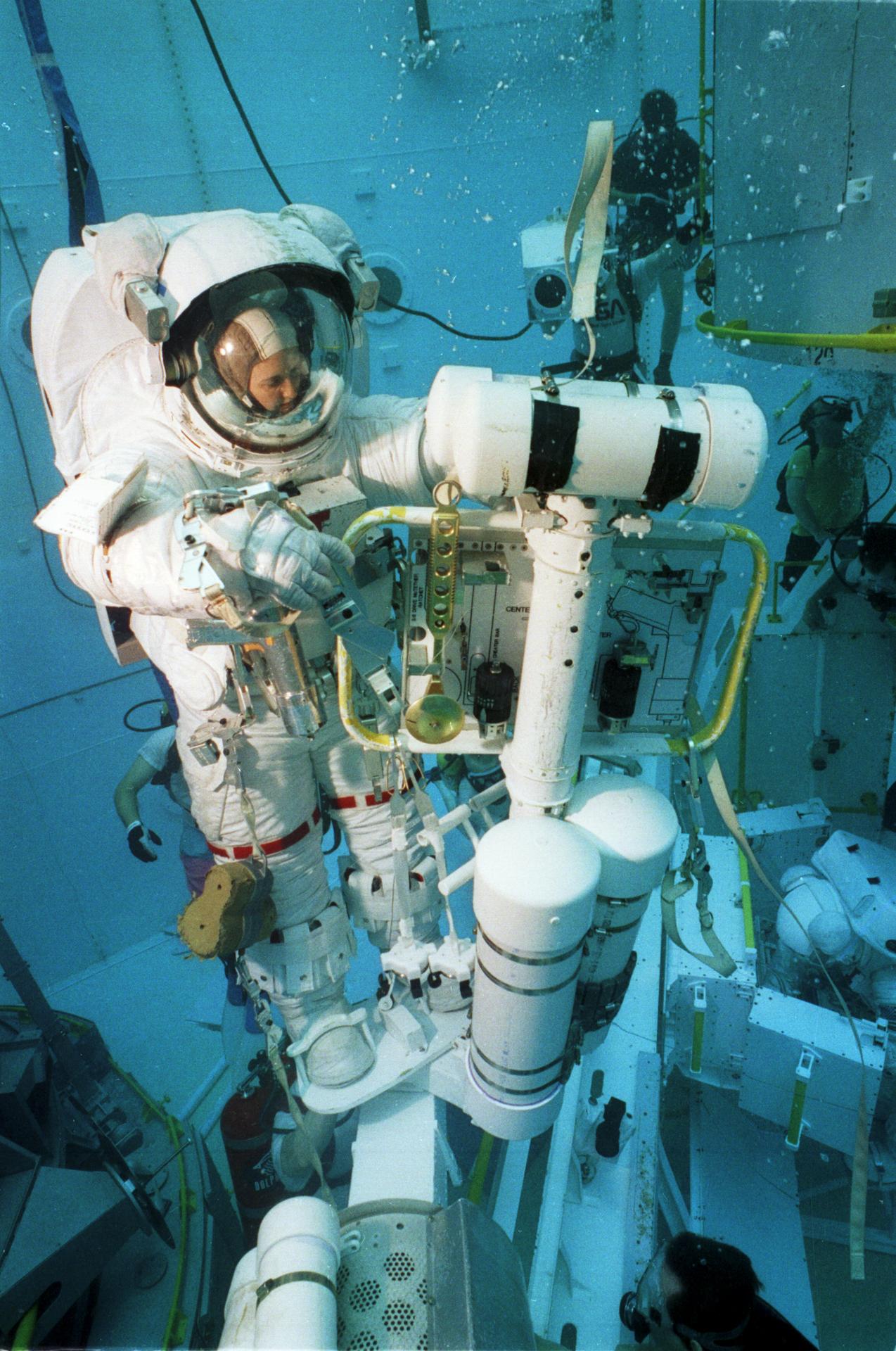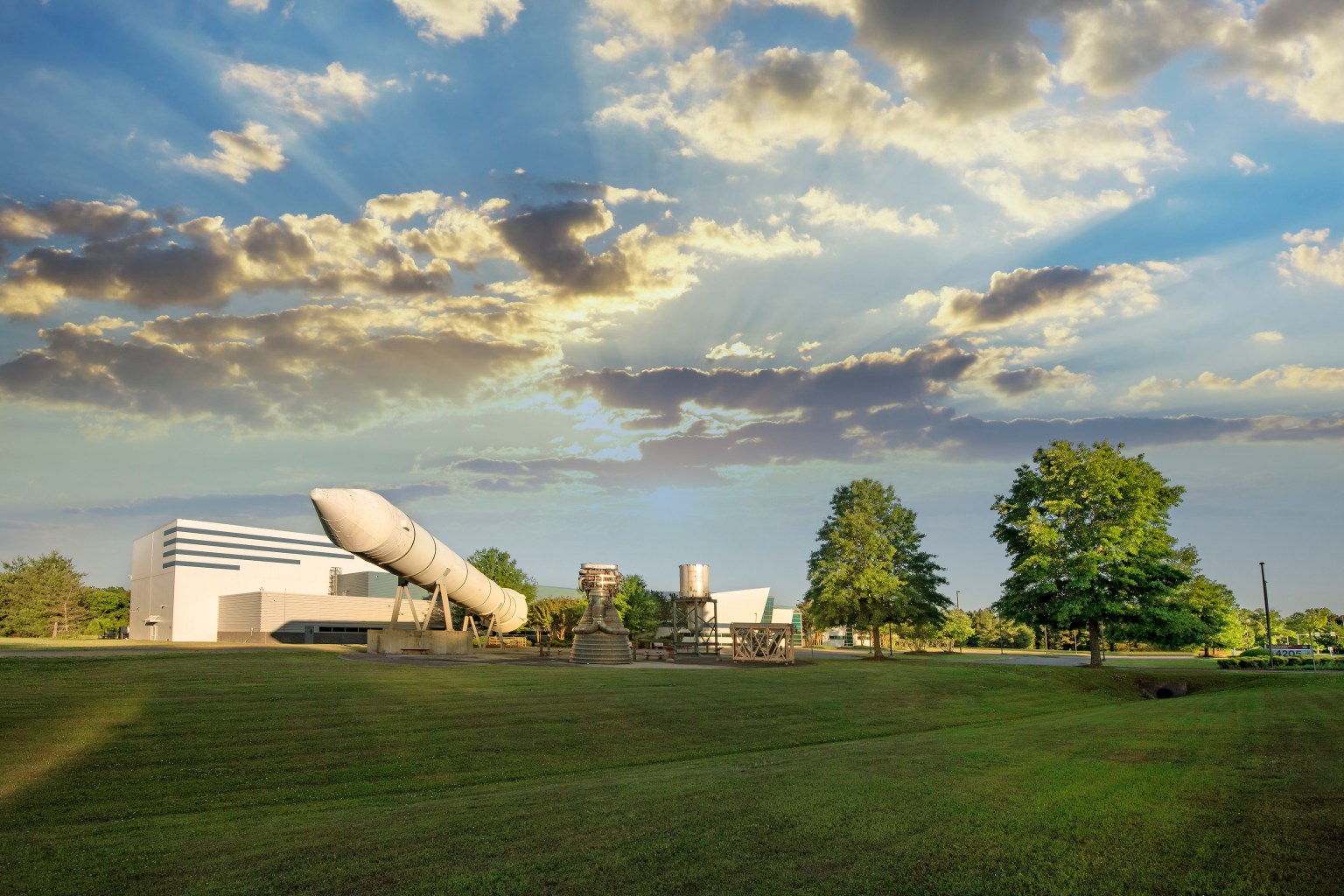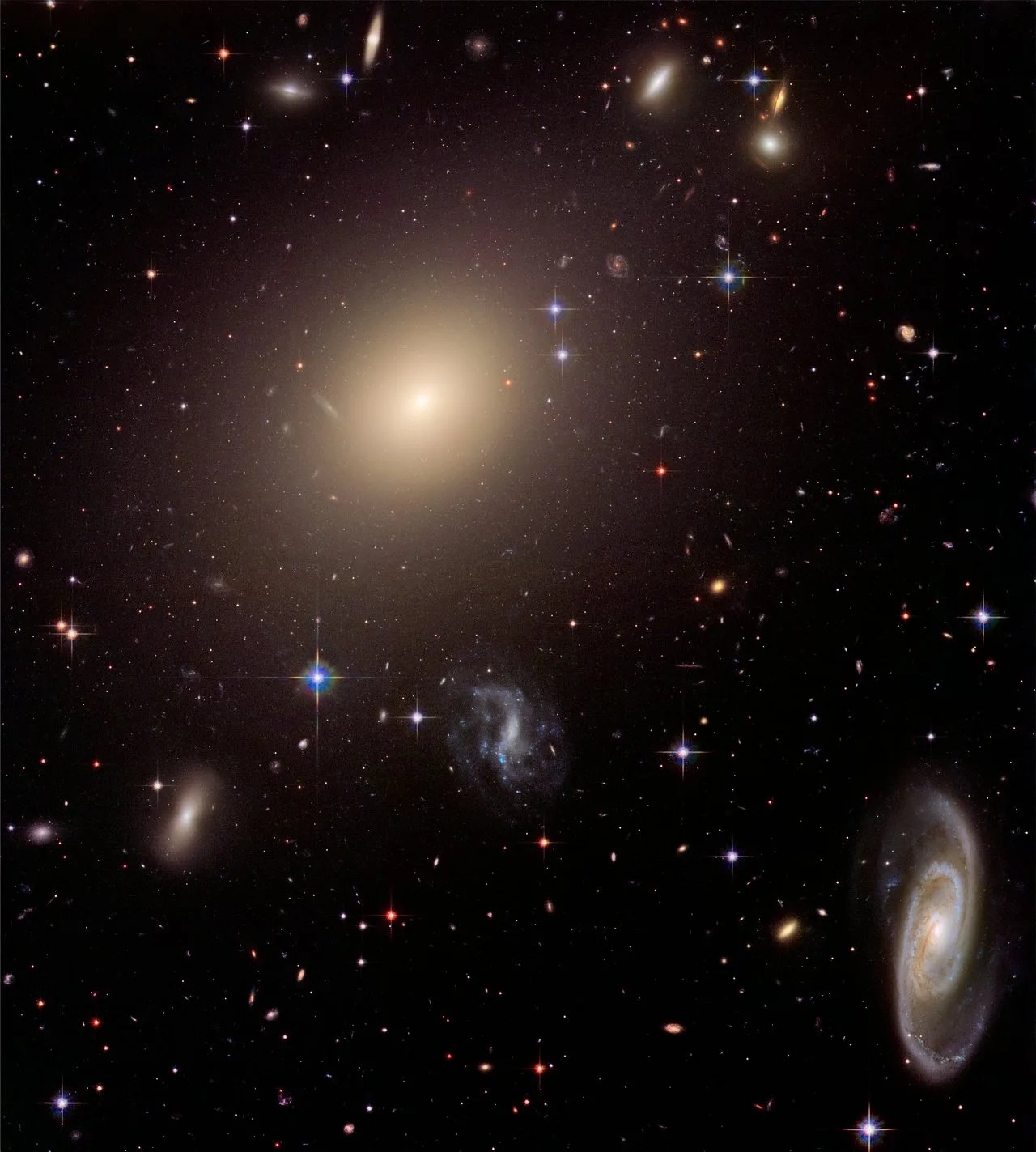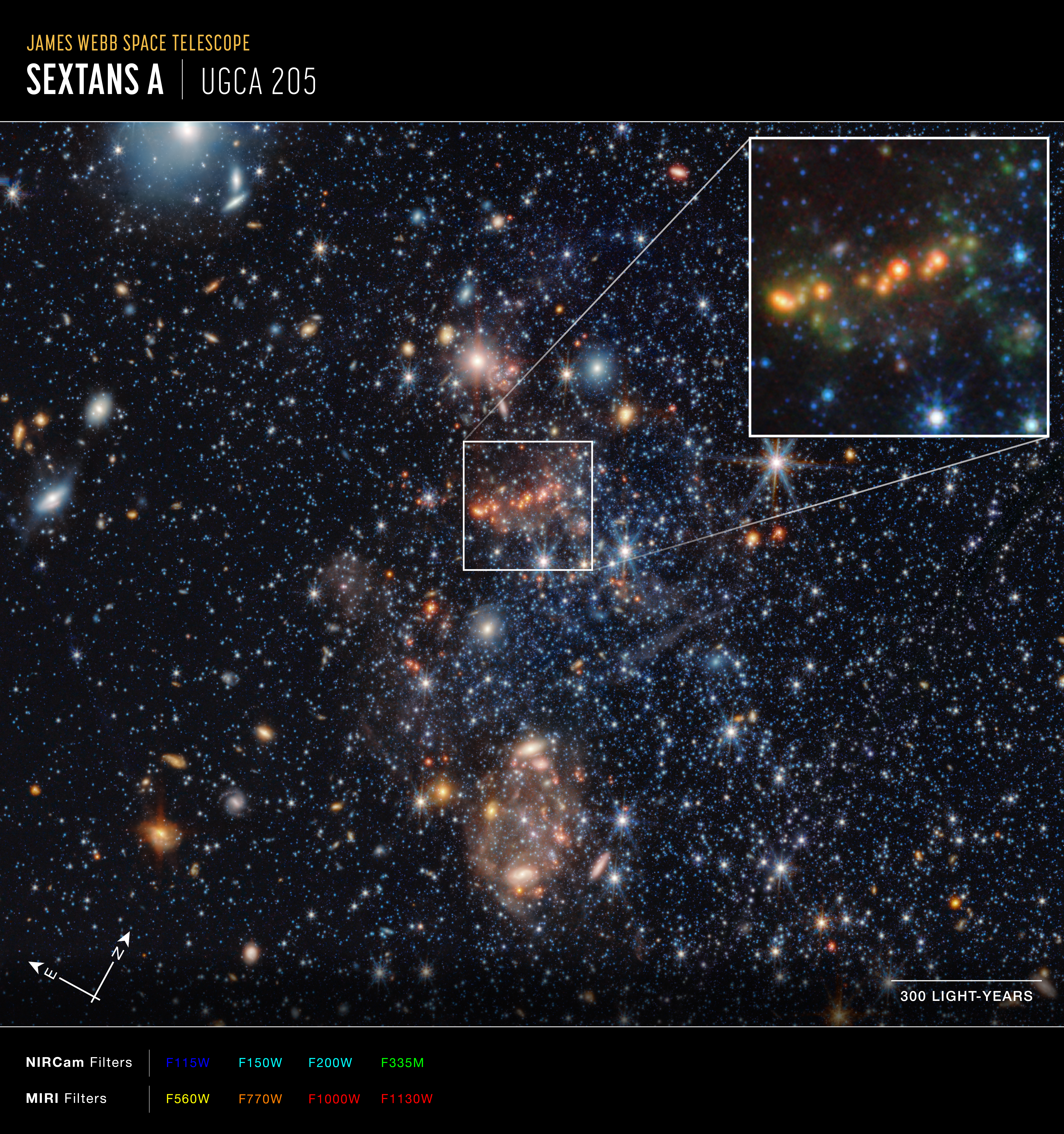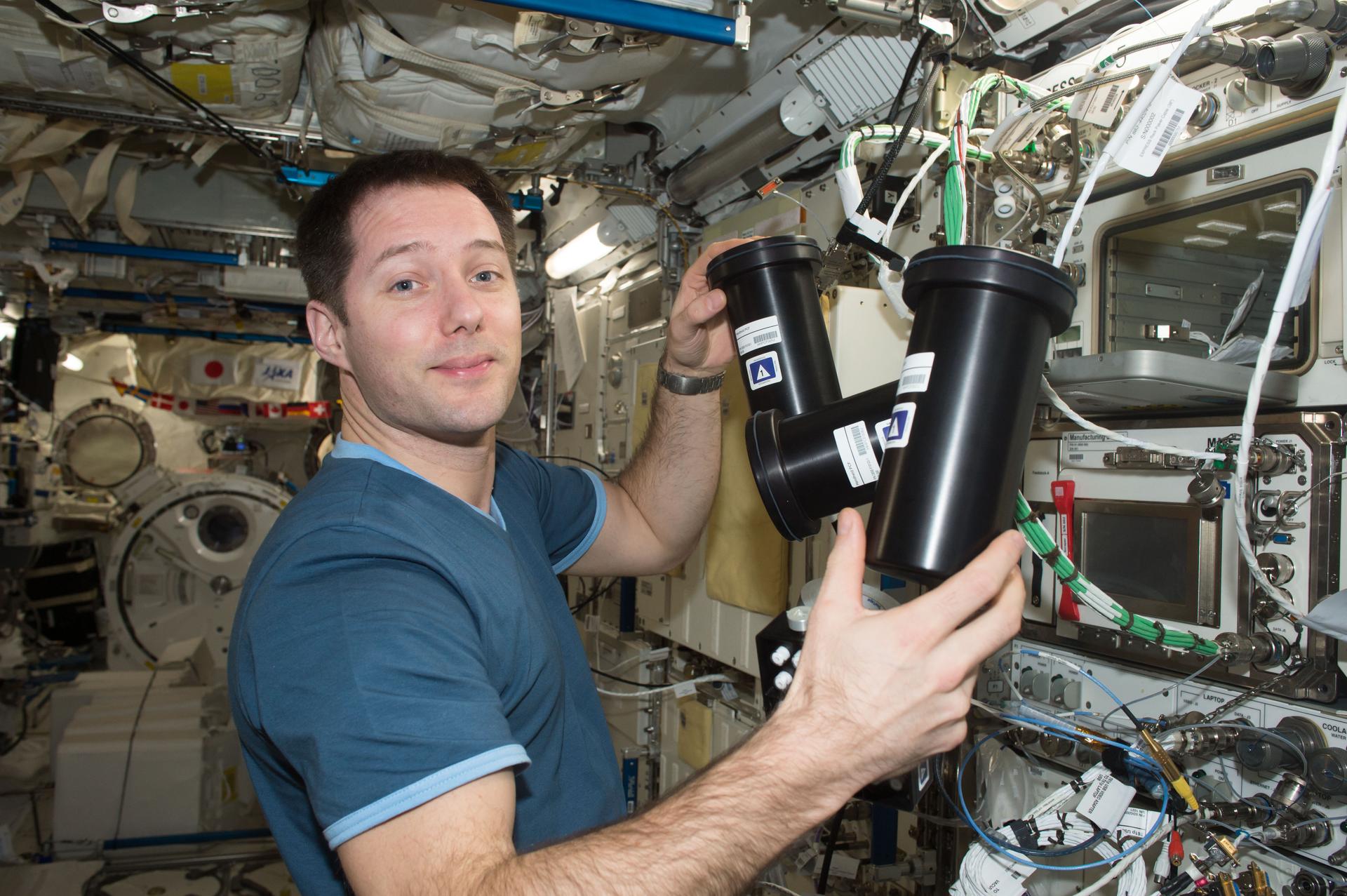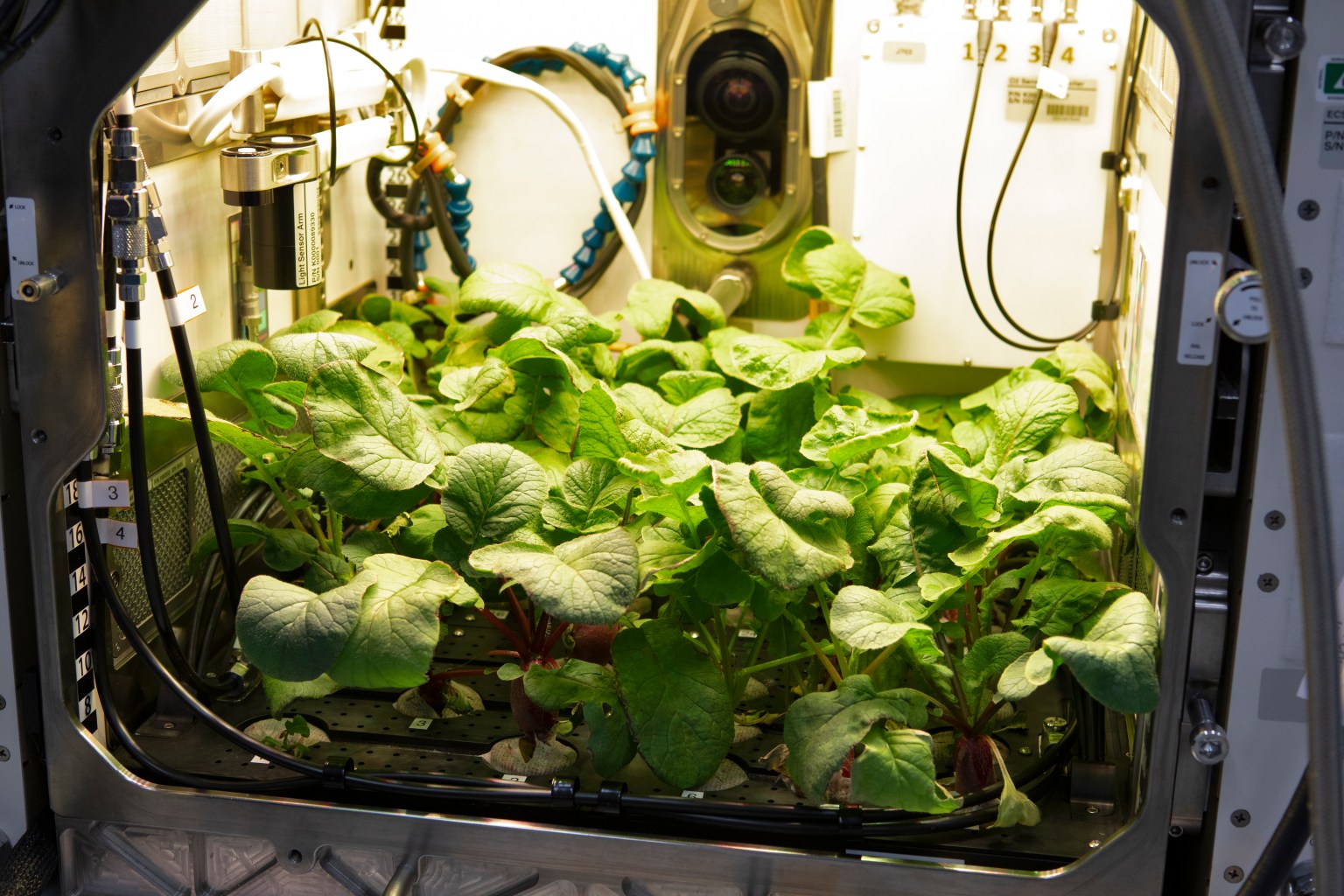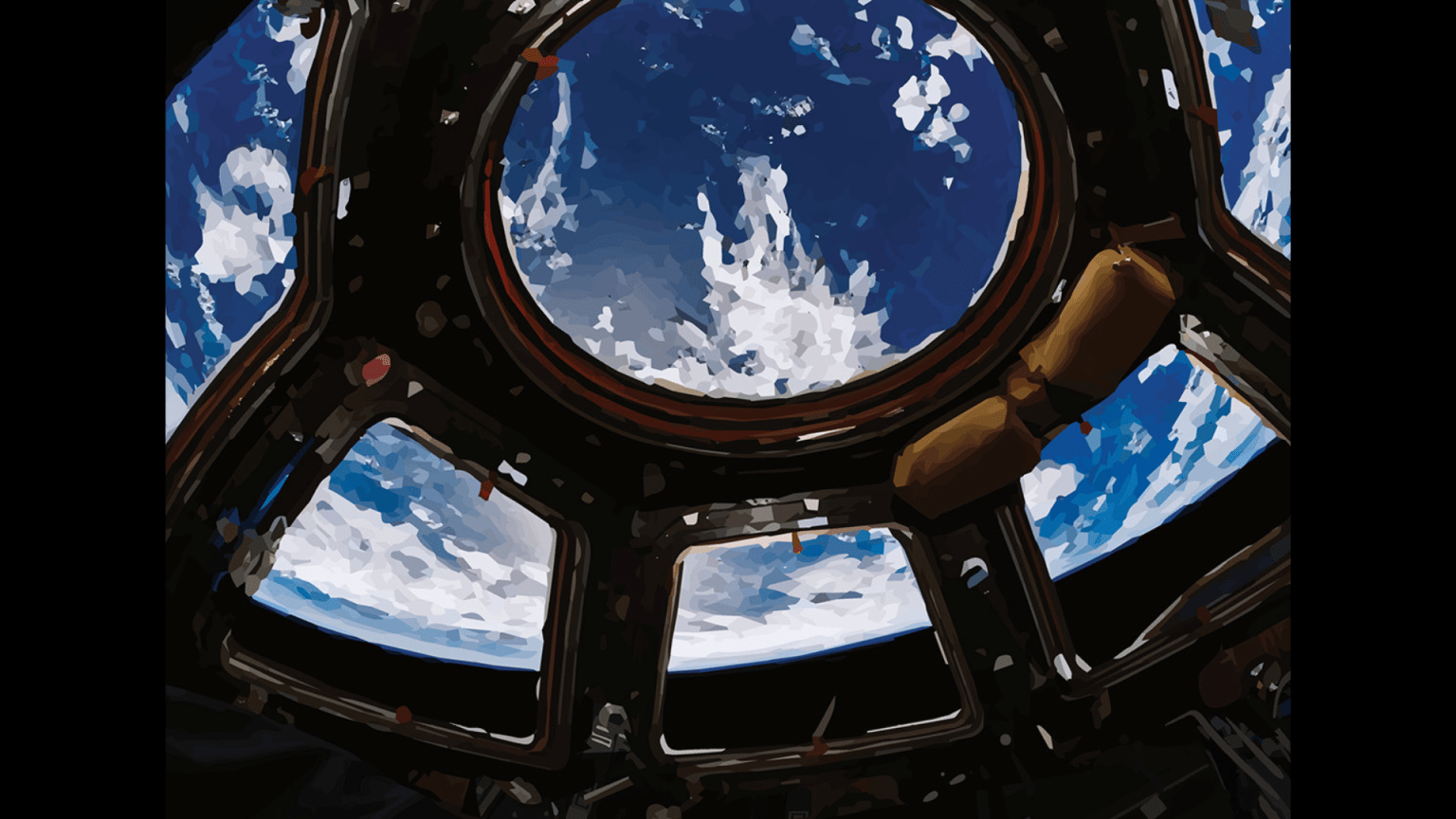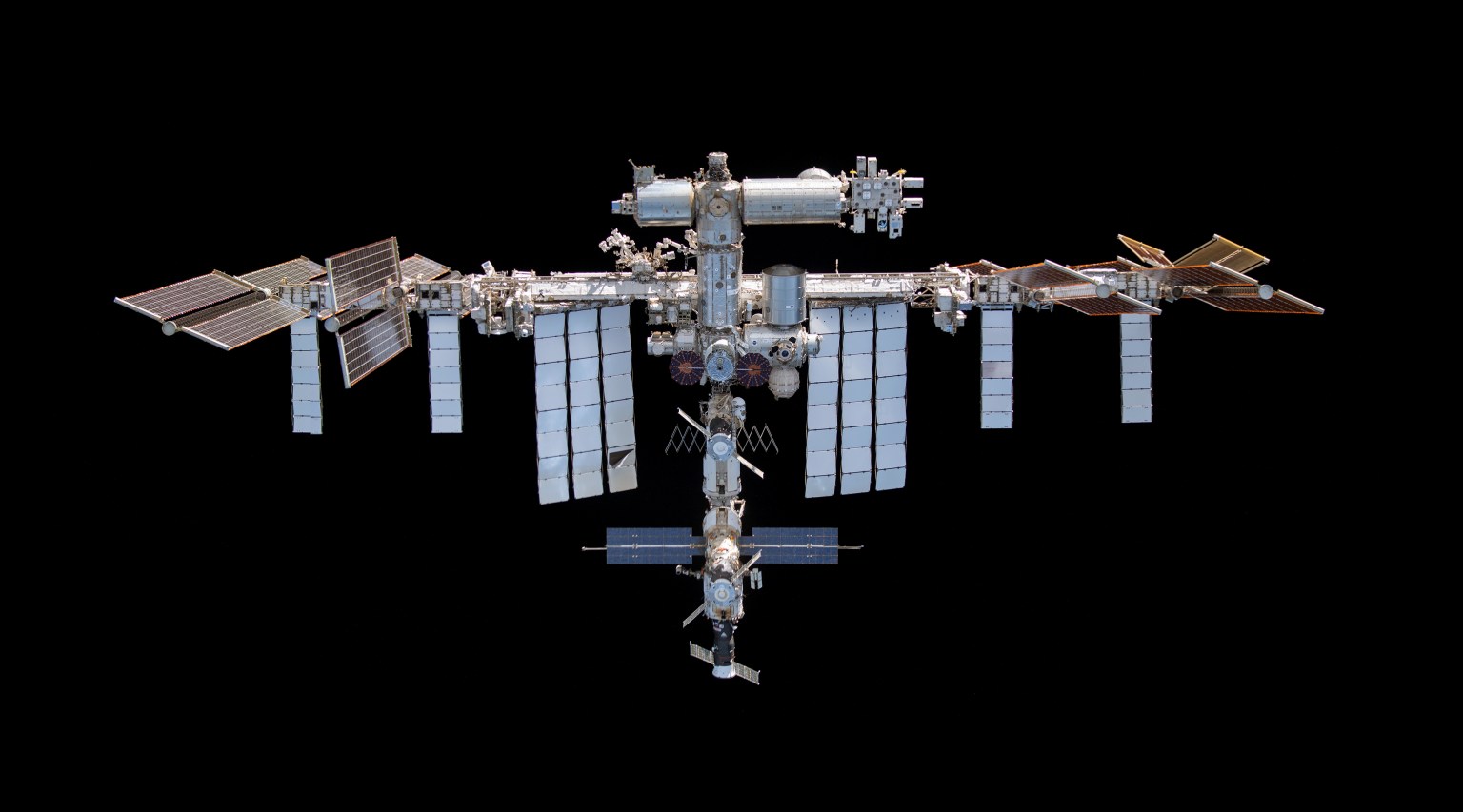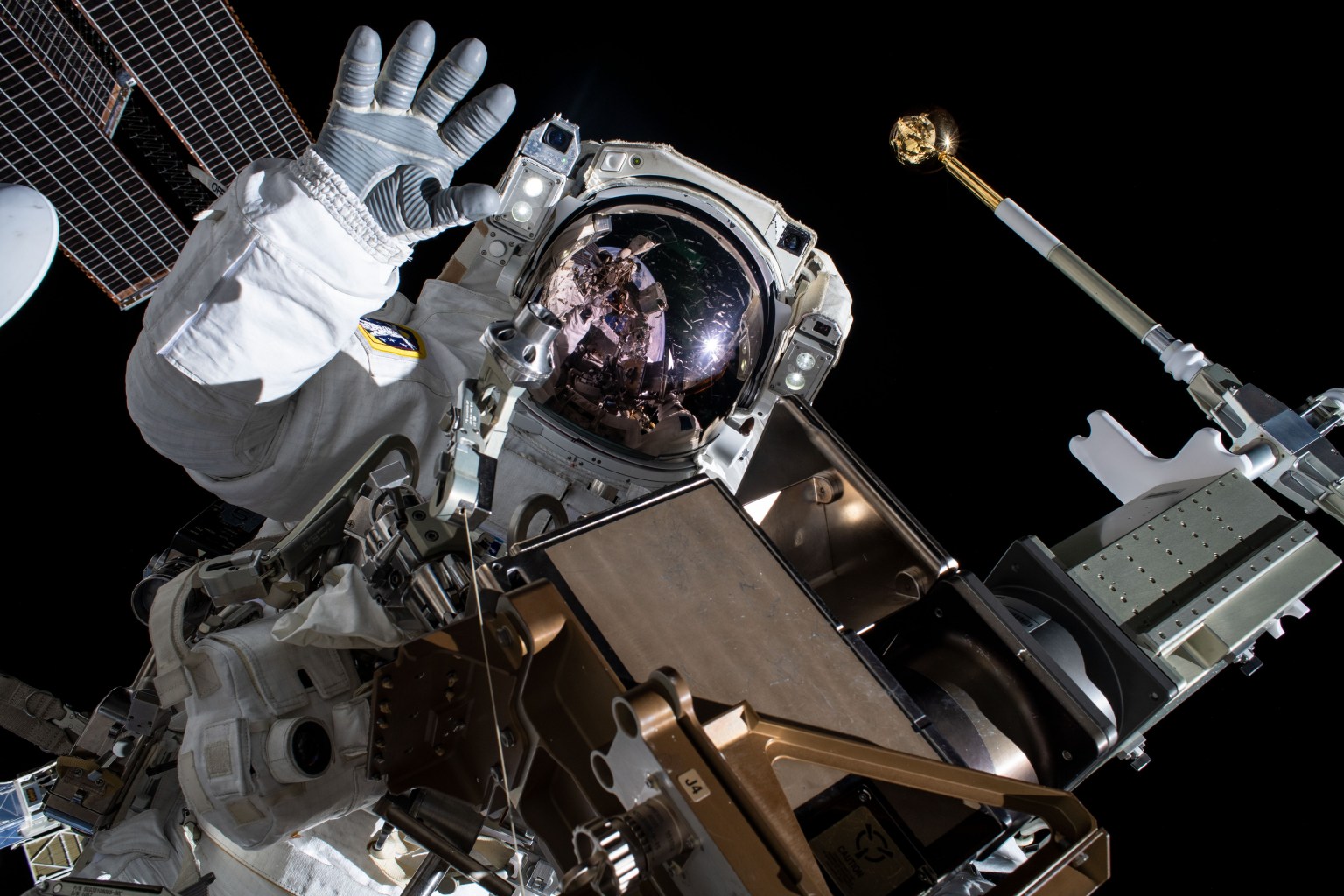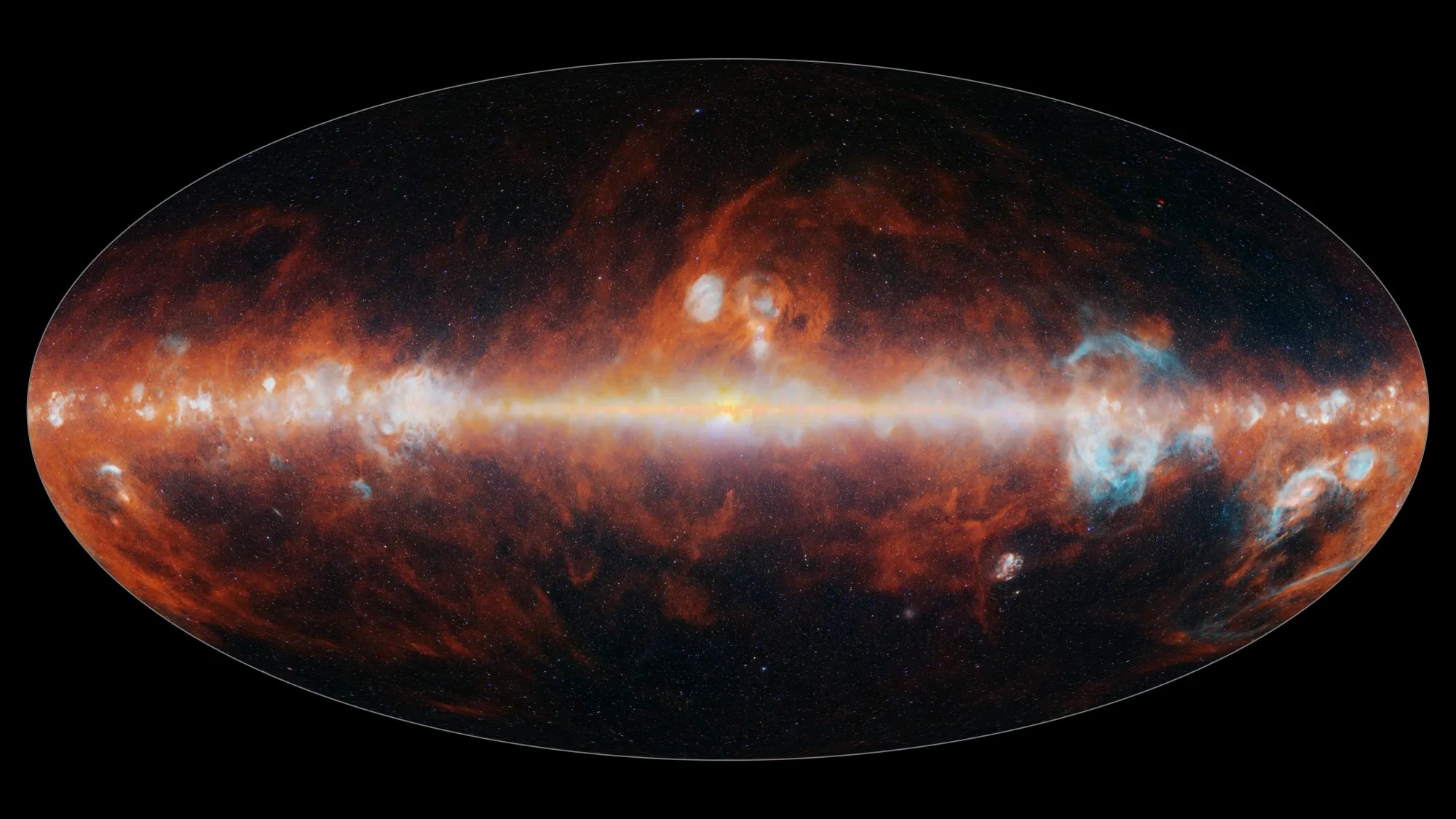📰 Trending Topics
Google News - Trending
Google News - Technology
Lego unveils tech-filled Smart Bricks - to play experts' dismay - BBC
2026-01-06 16:20
- Lego unveils tech-filled Smart Bricks - to play experts' dismay BBC
- LEGO SMART Play Targets 2026 Tech Revolution, Starting With Star Wars Forbes
- Lego’s Smart Brick Gives the Iconic Analog Toy a New Digital Brain WIRED
- Iconic children's toy brand goes high-tech to bring creations 'to life' without screens Fox Business
- Lego introduces ‘smart bricks’ with sound and light effects to new Star Wars sets The Guardian
Intel launches Core Ultra Series 3 CPUs, made using its long-awaited 18A process - Ars Technica
2026-01-06 03:45
- Intel launches Core Ultra Series 3 CPUs, made using its long-awaited 18A process Ars Technica
- CES 2026: Intel Core Ultra Series 3 Debut as First Built on Intel 18A Intel Newsroom
- Intel is building a handheld gaming platform including a dedicated chip TechCrunch
- Intel exec confirms company will build new gaming chip, platform (INTC:NASDAQ) Seeking Alpha
- Intel Shows Off New Computers That Are Central to Comeback Bid Bloomberg.com
HP crammed an entire desktop computer into this keyboard - The Verge
2026-01-06 03:30
- HP crammed an entire desktop computer into this keyboard The Verge
- HP's EliteBoard made me believe in keyboard computers again Engadget
- HP Drives the Next Chapter of Intelligent Work HP
- HP's New Business Laptops Will Make Your IT Staff Happier CNET
- With the 2026 HP OmniBook Ultra 14, I See a New Bar Being Set for Copilot+ PCs PCMag
LG’s fastest and brightest OLED gaming monitor is $999.99 - The Verge
2026-01-06 16:00
- LG’s fastest and brightest OLED gaming monitor is $999.99 The Verge
- LG's UltraGear GX7 is its fastest and brightest OLED gaming monitor to date Engadget
- LG’s radical new OLED panels push PC monitors to unprecedented frontiers PCWorld
- LG Announces the Ultragear GX7 Dual Mode RGB Tandem OLED Gaming Monitor TechPowerUp
- Crisp and Clear: LG Display Levels Up Its Panels to Make It Easier to Read Text PCMag UK
Anker’s display-equipped Nano Charger is on sale following its CES debut - The Verge
2026-01-06 15:42
- Anker’s display-equipped Nano Charger is on sale following its CES debut The Verge
- The World's First 45W Smart iPhone Charger—Compact with a 180° Foldable Design Anker
- Anker unveils a new lineup of chargers and docks at CES 2026 Engadget
- Transform your charging with Anker's new lineup at CES 2026 AppleInsider
- Anker Teases a New Whole Home Hybrid Battery Backup System Gizmodo
NASA - Breaking News
NASA Marshall Prepares for Demolition of Historic Test, Simulation Facilities
2026-01-06 18:44
NASA Marshall Prepares for Demolition of Historic Test, Simulation Facilities
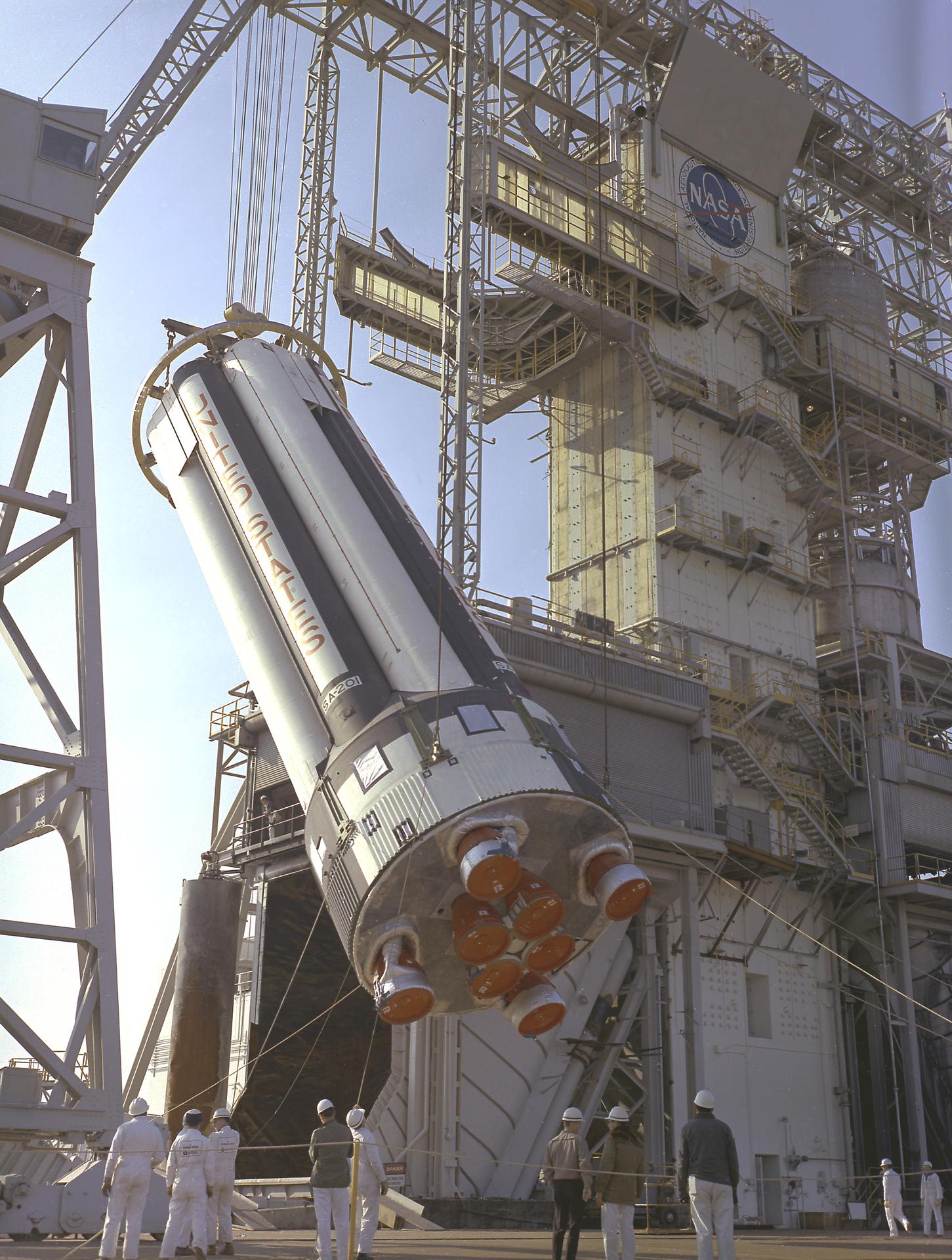
NASA is preparing for the demolition of three iconic structures at the agency’s Marshall Space Flight Center in Huntsville, Alabama.
Crews began demolition in mid-December at the Neutral Buoyancy Simulator, a facility built in the late 1960s that once enabled NASA astronauts and researchers to experience near-weightlessness. The facility was also used to conduct underwater testing of space hardware and practice runs for servicing the Hubble Space Telescope. The simulator was closed in 1997.
Two test stands – the Propulsion and Structural Test Facility and Dynamic Test Facility – are also slated for demolition, one after the other, by carefully coordinated implosion no earlier than sunrise on Jan. 10, 2026.
The demolition of these historic structures is part of a larger project that began in spring 2022, targeting several inactive structures no longer needed for the agency’s missions. All three towering fixtures played crucial roles in getting humans to the Moon, into low-Earth orbit, and beyond.
These structures have reached the end of their safe, operational life, and their removal has been long-planned as part of a broader effort to modernize Marshall’s footprint. This demolition is the first phase of an initiative that will ultimately remove 25 outdated structures, reduce maintenance burdens, and position Marshall to take full advantage of a guaranteed NASA center infrastructure investment authorized under the Working Families Tax Credit Act.
This work reflects smart stewardship of taxpayer resources.

jared isaacman
NASA Administrator
“This work reflects smart stewardship of taxpayer resources,” said NASA Administrator Jared Isaacman. “Clearing outdated infrastructure allows NASA to safely modernize, streamline operations, and fully leverage the infrastructure investments signed into law by President Trump to keep Marshall positioned at the forefront of aerospace innovation.”
Built in 1964, the Dynamic Test Stand initially was used to test fully assembled Saturn V rockets. In 1978, engineers integrated all space shuttle elements for the first time, including the orbiter, external fuel tank, and solid rocket boosters. It was last used in the early 2000s for microgravity testing.
The Propulsion and Structural Test Facility – better known at Marshall as the “T-tower” due to its unique shape – was built in 1957 by the U.S. Army Ballistic Missile Agency and transferred to NASA when Marshall was founded in 1960. There, engineers tested components of the Saturn launch vehicles, the Army’s Redstone Rocket, and shuttle solid rocket boosters. It was last used for space shuttle solid rocket motor tests in the 1990s.
“Each one of these structures helped NASA make history,” said Rae Ann Meyer, acting center director at Marshall. “While it is hard to let them go, they’ve earned their retirement. The people who built and managed these facilities and empowered our mission of space exploration are the most important part of their legacy.”
“These structures are not safe,” continued Meyer. “Strategic demolition is a necessary step in shaping the future of NASA’s mission to explore, innovate, and inspire. By removing these structures that we have not used in decades, we are saving money on upkeep of facilities we can’t use. We also are making these areas safe to use for future NASA exploration endeavors and investments.”
A legacy worth remembering
When NASA opened the Neutral Buoyancy Simulator in 1968, it was one of few places on Earth that could recreate the weightlessness of microgravity. The facility provided a simulated zero-gravity environment in which engineers and astronauts could find out how their designs might handle in orbit. The tank has been central to planning and problem-solving for Skylab missions, repairs to NASA’s Hubble Space Telescope, and more. The tank is 75 feet in diameter, 40 feet deep, and designed to hold up to nearly 1.5 million gallons of water. It was replaced in 1997 by a new, larger facility at NASA’s Johnson Space Center in Houston.
The Propulsion and Structural Test Facility is one of the oldest test stands at Marshall. The dual-position test stand, sometimes called the T-tower, was built for static testing large rockets and launch systems – like launching a rocket while keeping it restrained and wired to instruments that collect data. The tests and data played a role in the development of the Saturn family of rockets, including the F-1 engine and S-IC.
The Dynamic Test Stand, a 360-foot tower topped by a 64-foot derrick, was once the tallest human-made structure in North Alabama. Engineers there conducted full-scale tests of Saturn V rockets – the same powerful vehicles that carried Apollo astronauts to the Moon. Later, the stand served as the first location where all space shuttle elements were integrated.
Preserving history for future generations
The irreplaceable historical value of these landmarks has prompted NASA to undertake extensive efforts to preserve their stories for future generations. The three facilities were made national landmarks in 1985 for their part in human spaceflight. In keeping with Section 106 of the National Historic Preservation Act, master planners and engineers at Marshall completed a rigorous consultation and mitigation process for each landmark, working closely with Alabama’s State Historic Preservation Office to preserve their history for future generations.
Detailed architectural documentation, written histories, and large-format photographs are permanently archived in the Library of Congress’ Historic American Engineering Record collection, making this history accessible to researchers and the public for generations.
Additionally, NASA has partnered with Auburn University to create high-resolution digital models of each facility. The project used technologies like LiDAR and 360-photography of the structures in detail before demolition. Their goal is to preserve not just the appearance, but the sense of scale and engineering achievement they represent. The models are still in work, but they’ll eventually be publicly available.
Select artifacts from the facilities have also been identified and transferred to the U.S. Space & Rocket Center through NASA’s Artifact Program, ensuring tangible pieces of this history remain available for educational purposes.
Honoring the past, building the future
For the employees, retirees, and community members who remember these facilities over the decades, their removal marks the end of an era. But their contributions live on in every NASA mission, from the International Space Station to the upcoming Artemis II lunar missions and more.
“NASA’s vision of space exploration remains vibrant, and as we look to an exciting future, we honor the past, especially the dedication of the men and women who built these structures and tested hardware that has launched into space, made unprecedented scientific discoveries, and inspired generations of Americans to reach for the stars,” said Meyer.
The demolitions represent more than removing obsolete infrastructure. They’re part of NASA’s commitment to building a dynamic, interconnected campus ready for the next era of space exploration while honoring the bold spirit that has always driven the agency forward.
Virtual tours and preserved documentation will be made available on Marshall’s digital channels. Marshall will also share video of the test stand demolitions after the event.
For communities near Redstone Arsenal, there could be a loud noise associated with the demolition on the morning of Jan. 10.
Share
Details
Related Terms
Scientists Identify ‘Astronomy’s Platypus’ with NASA’s Webb Telescope
2026-01-06 17:16
Scientists Identify ‘Astronomy’s Platypus’ with NASA’s Webb Telescope

Image: NASA, ESA, CSA, Steve Finkelstein (UT Austin); Image Processing: Alyssa Pagan (STScI)
After combing through NASA’s James Webb Space Telescope’s archive of sweeping extragalactic cosmic fields, a small team of astronomers at the University of Missouri says they have identified a sample of galaxies that have a previously unseen combination of features. Principal investigator Haojing Yan compares the discovery to an infamous oddball in another branch of science: biology’s taxonomy-defying platypus.
“It seems that we’ve identified a population of galaxies that we can’t categorize, they are so odd. On the one hand they are extremely tiny and compact, like a point source, yet we do not see the characteristics of a quasar, an active supermassive black hole, which is what most distant point sources are,” said Yan.
The research was presented in a press conference at the 247th meeting of the American Astronomical Society in Phoenix.
Image A: Galaxies in CEERS Field (NIRCam image)

“I looked at these characteristics and thought, this is like looking at a platypus. You think that these things should not exist together, but there it is right in front of you, and it’s undeniable,” Yan said.
The team whittled down a sample of 2,000 sources across several Webb surveys to identify nine point-like sources that existed 12 to 12.6 billion years ago (compared to the universe’s age of 13.8 billion years). Spectral data gives astronomers more information than they can get from an image alone, and for these nine sources it doesn’t fit existing definitions. They are too far away to be stars in our own galaxy, and too faint to be quasars, which are so brilliant that they outshine their host galaxies. Though the spectra resemble the less distant “green pea” galaxies discovered in 2009, the galaxies in this sample are much more compact.
“Like spectra, the detailed genetic code of a platypus provides additional information that shows just how unusual the animal is, sharing genetic features with birds, reptiles, and mammals,” said Yan. “Together, Webb’s imaging and spectra are telling us that these galaxies have an unexpected combination of features.”
Yan explained that for typical quasars, the peaks in their characteristic spectral emission lines look like hills, with a broad base, indicating the high velocity of gas swirling around their supermassive black hole. Instead, the peaks for the “platypus population” are narrow and sharp, indicating slower gas movement.
While there are narrow-line galaxies that host active supermassive black holes, they do not have the point-like feature of the sample Yan’s team has identified.
Image B: Galaxy CEERS 4233-42232: Comparison With Quasar Spectrum
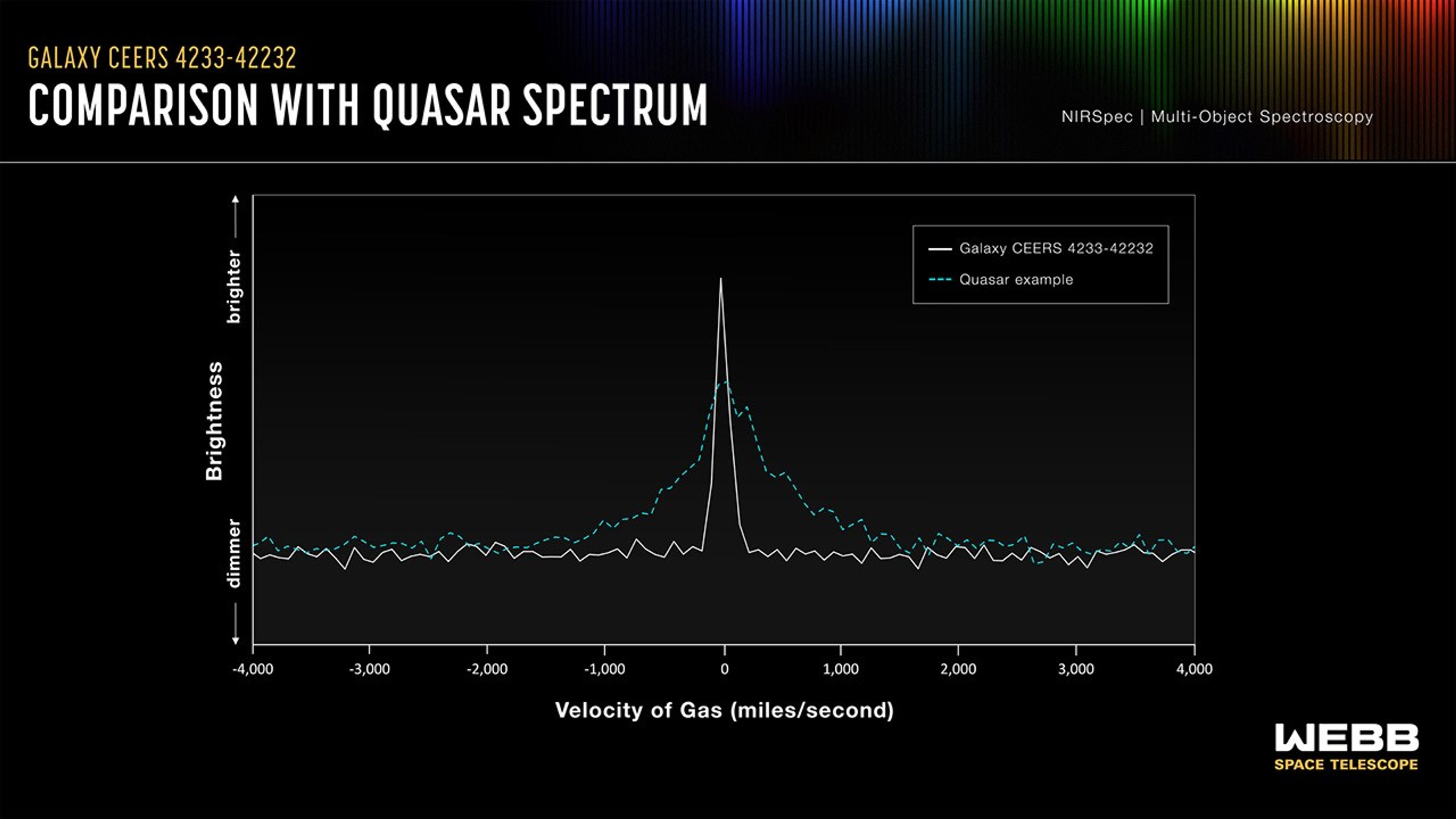
Has Yan’s team discovered a missing link in the cosmos? Once the team determined that the objects didn’t fit the definition of a quasar, graduate student researcher Bangzheng Sun analyzed the data to see if there were signatures of star-forming galaxies.
“From the low-resolution spectra we have, we can’t rule out the possibility that these nine objects are star-forming galaxies. That data fits,” said Sun. “The strange thing in that case is that the galaxies are so tiny and compact, even though Webb has the resolving power to show us a lot of detail at this distance.”
One proposal the team suggests is that Webb, as promised, is revealing earlier stages of galaxy formation and evolution than we have ever been able to see before. It is generally accepted across the astronomy community that large, massive galaxies like our own Milky Way grew by many smaller galaxies merging together. But, Yan asks, what comes before small galaxies?
“I think this new research is presenting us with the question, how does the process of galaxy formation first begin? Can such small, building-block galaxies be formed in a quiet way, before chaotic mergers begin, as their point-like appearance suggests?” Yan said.
To begin answering that question, as well as to determine more about the nature of their odd platypuses, the team says they need a much larger sample than nine to analyze, and with higher-resolution spectra.
“We cast a wide net, and we found a few examples of something incredible. These nine objects weren’t the focus; they were just in the background of broad Webb surveys,” said Yan. “Now it’s time to think about the implications of that, and how we can use Webb’s capabilities to learn more.”
The James Webb Space Telescope is the world’s premier space science observatory. Webb is solving mysteries in our solar system, looking beyond to distant worlds around other stars, and probing the mysterious structures and origins of our universe and our place in it. Webb is an international program led by NASA with its partners, ESA (European Space Agency) and CSA (Canadian Space Agency).
To learn more about Webb, visit:
Downloads & Related Information
The following sections contain links to download this article’s images and videos in all available resolutions followed by related information links, media contacts, and if available, research paper and spanish translation links.
Related Images & Videos

Galaxy CEERS 4233-42232: Comparison With Quasar Spectrum
This graphic illustrates the pronounced narrow peak of the spectra that caught researchers’ attention in a small sample of galaxies, represented here by galaxy CEERS 4233-42232. Typically, distant point-like light sources are quasars, but quasar spectra have a much broader shape.
Related Links
Read more: Webb Science: Galaxies Through Time
Explore more: ViewSpace Seeing Farther: Hubble Ultra Deep Field
Explore more: JWST’s Tiny Red Sources and the Big Questions They Raise
Read more: Webb Shows Many Early Galaxies Looked Like Pool Noodles, Surfboards
Related for Kids
Share
Details
Laura Betz
NASA’s Goddard Space Flight Center
Greenbelt, Maryland
laura.e.betz@nasa.gov
Leah Ramsay
Space Telescope Science Institute
Baltimore, Maryland
Christine Pulliam
Space Telescope Science Institute
Baltimore, Maryland
Related Terms
NASA Webb Finds Early-Universe Analog’s Unexpected Talent for Making Dust
2026-01-06 17:14
NASA Webb Finds Early-Universe Analog’s Unexpected Talent for Making Dust
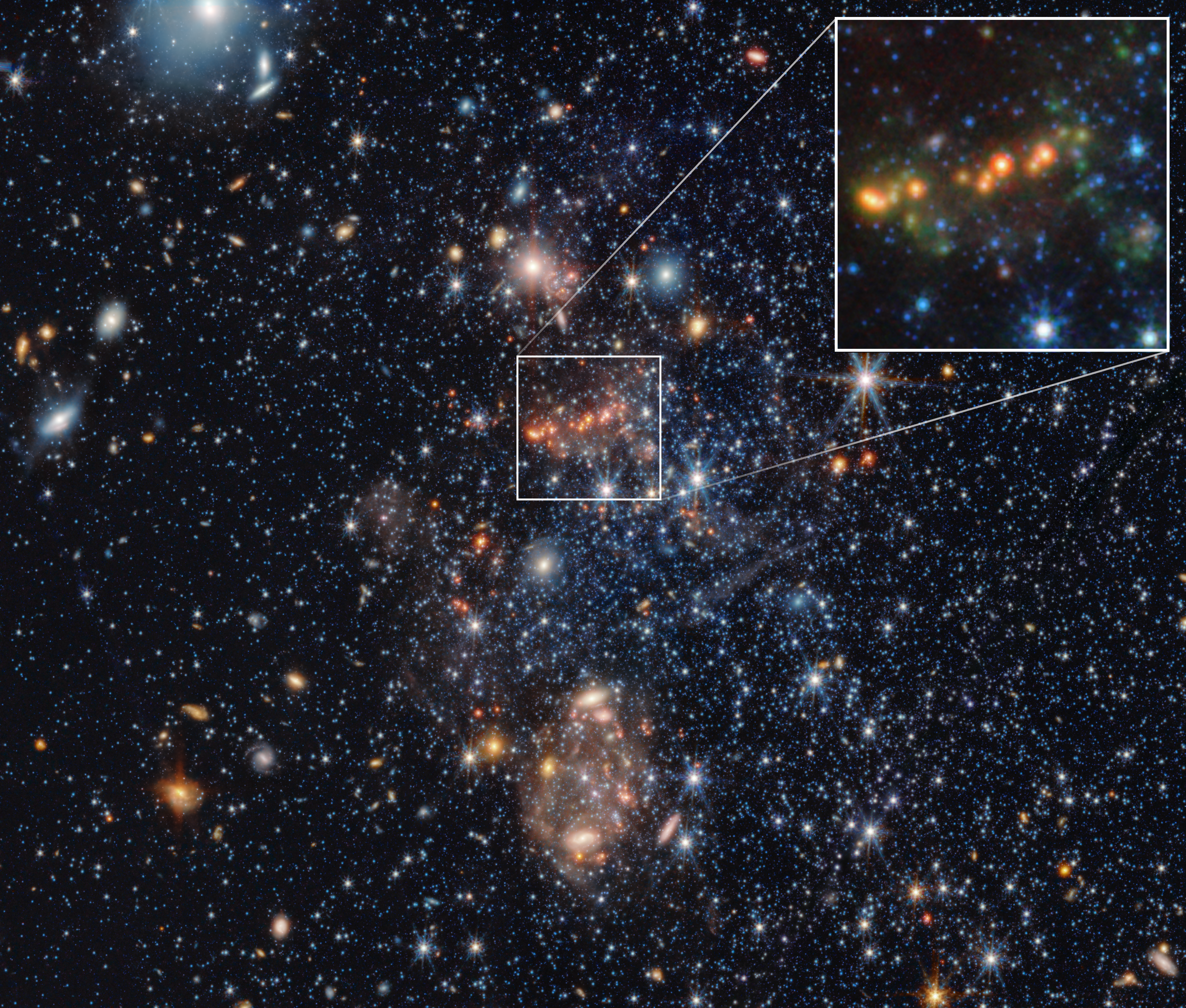
Image: NASA, ESA, CSA, Elizabeth Tarantino (STScI), Martha Boyer (STScI), Julia Roman-Duval (STScI); Image Processing: Alyssa Pagan (STScI)
Using NASA’s James Webb Space Telescope, astronomers have spotted two rare kinds of dust in the dwarf galaxy Sextans A, one of the most chemically primitive galaxies near the Milky Way. The finding of metallic iron dust and silicon carbide (SiC) produced by aging stars, along with tiny clumps of carbon-based molecules, shows that even when the universe had only a fraction of today’s heavy elements, stars and the interstellar medium could still forge solid dust grains. This research with Webb is reshaping ideas about how early galaxies evolved and developed the building blocks for planets, as NASA explores the secrets of the universe and our place in it.
Sextans A lies about 4 million light-years away and contains only 3 to 7 percent of the Sun’s metal content, or metallicity, the astrophysical term for elements heavier than hydrogen and helium. Because the galaxy is so small, unlike other nearby galaxies, its gravitational pull is too weak to retain the heavy elements like iron and oxygen created by supernovae and aging stars.
Galaxies like it resemble those that filled the early universe just after the big bang, when the universe was made of mostly hydrogen and helium, before stars had time to enrich space with ‘metals.’ Because it is relatively close, Sextans A gives astronomers a rare chance to study individual stars and interstellar clouds under conditions similar to those shortly after the big bang.
“Sextans A is giving us a blueprint for the first dusty galaxies,” said Elizabeth Tarantino, postdoctoral researcher at the Space Telescope Science Institute and lead author of the results in one of the two studies presented at a press conference at the 247th meeting of the American Astronomical Society in Phoenix. “These results help us interpret the most distant galaxies imaged by Webb and understand what the universe was building with its earliest ingredients.”
Image A: Sextans A PAHs Pull-out (NIRCam and MIRI Image)

Forging dust without usual ingredients
One of those studies, published in the Astrophysical Journal, honed in on a half a dozen stars with the low-resolution spectrometer aboard Webb’s MIRI (Mid-Infrared Instrument). The data collected shows the chemical fingerprints of the bloated stars very late in their evolution, called asymptotic giant branch (AGB) stars. Stars with masses between one and eight times that of the Sun pass through this phase.
“One of these stars is on the high-mass end of the AGB range, and stars like this usually produce silicate dust. However, at such low metallicity, we expect these stars to be nearly dust-free,” said Martha Boyer, associate astronomer at the Space Telescope Science Institute and lead author in that second companion study. “Instead, Webb revealed a star forging dust grains made almost entirely of iron. This is something we’ve never seen in stars that are analogs of stars in the early universe.”
Silicates, the usual dust formed by oxygen-rich stars, require elements like silicon and magnesium that are almost nonexistent in Sextans A. It would be like trying to bake cookies in a kitchen without flour, sugar, and butter.
A normal cosmic kitchen, like the Milky Way, has those crucial ingredients in the form of silicon, carbon, and iron. In a primitive kitchen, like Sextans A, where almost all of those ingredients are missing, you barely have any proverbial flour or sugar. Therefore, astronomers expected that without those key ingredients, stars in Sextans A couldn’t “bake” much dust at all.
However, not only did they find dust, but Webb showed that one of these stars used an entirely different recipe than usual to make that dust.
The iron-only dust, as well as silicon carbide produced by the less massive AGB stars despite the galaxy’s low silicon abundance, proves that evolved stars can still build solid material even when the typical ingredients are missing.
“Dust in the early universe may have looked very different from the silicate grains we see today,” Boyer said. “These iron grains absorb light efficiently but leave no sharp spectral fingerprints and can contribute to the large dust reservoirs seen in far-away galaxies detected by Webb.”
Image B: Sextans A Context Image (Webb and KPNO)
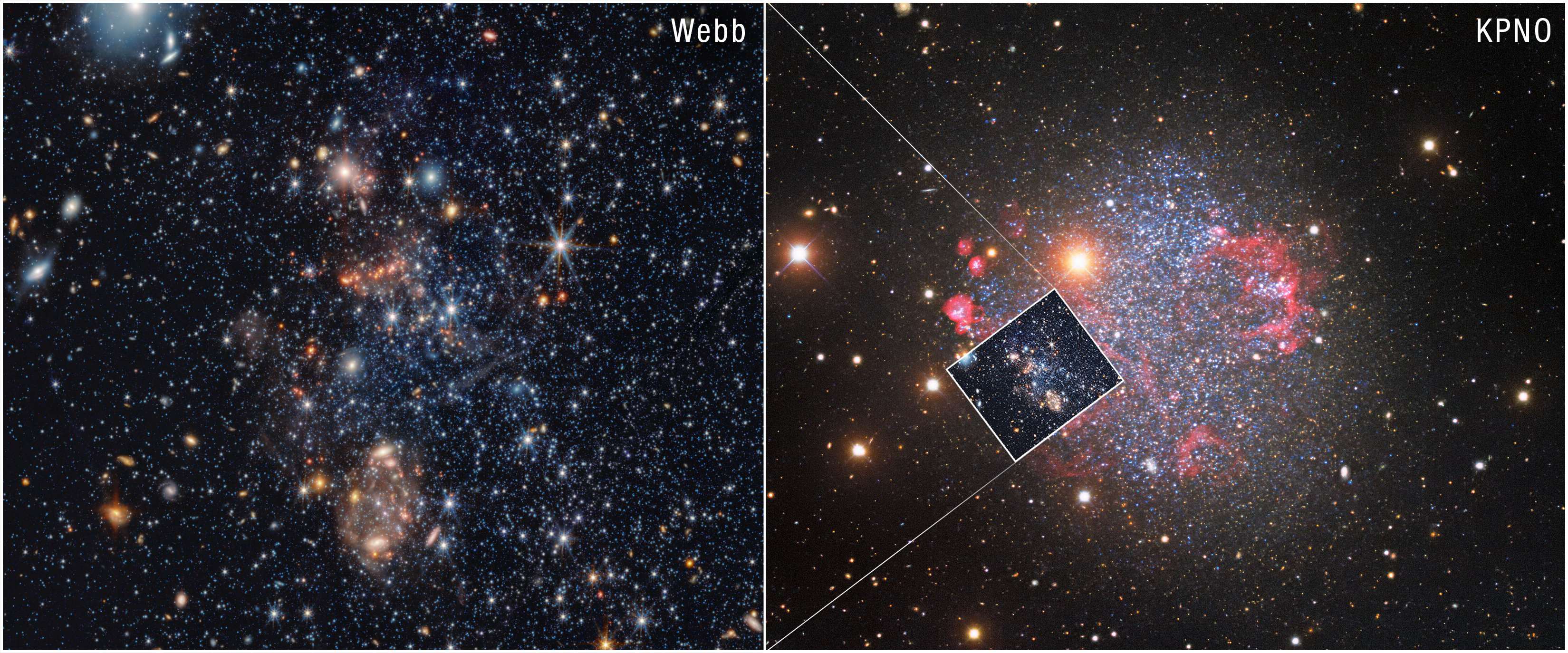
Tiny clumps of organic molecules
In the companion study, currently under peer review, Webb imaged Sextans A’s interstellar medium and discovered polycyclic aromatic hydrocarbons (PAHs), which are complex, carbon-based molecules and the smallest dust grains that glow in infrared light. The discovery means Sextans A is now the lowest-metallicity galaxy ever found to contain PAHs.
But, unlike the broad, sweeping PAH emission seen in metal-rich galaxies, Webb revealed PAHs in tiny, dense pockets only a few light-years across.
“Webb shows that PAHs can form and survive even in the most metal-starved galaxies, but only in small, protected islands of dense gas,” said Tarantino.
The clumps likely represent regions where dust shielding and gas density reach just high enough to allow PAHs to form and grow, solving a decades-long mystery about why PAHs seem to vanish in metal-poor galaxies.
The team has an approved Webb Cycle 4 program to use high-resolution spectroscopy to study the detailed chemistry of Sextans A’s PAH clumps further.
Image C: Giant Star in Dwarf Galaxy Sextans A (Spectrum)
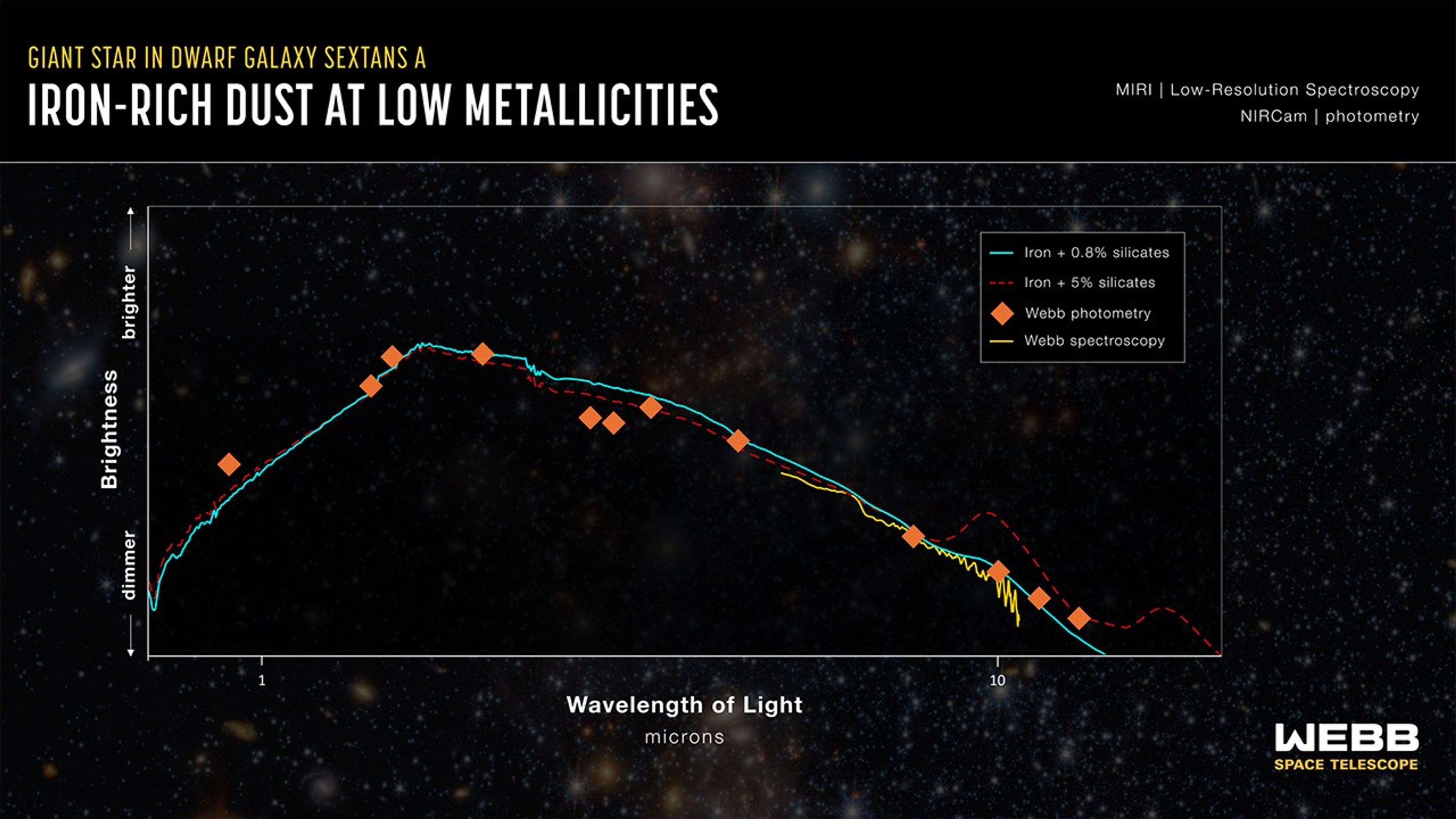
Connecting two discoveries
Together, the results show that the early universe had more diverse dust production pathways than the more established and proven methods, like supernova explosions. Additionally, researchers now know there’s more dust than predicted at extremely low metallicities.
“Every discovery in Sextans A reminds us that the early universe was more inventive than we imagined,” said Boyer. “Clearly stars found a way to make the building blocks of planets long before galaxies like our own existed.”
The James Webb Space Telescope is the world’s premier space science observatory. Webb is solving mysteries in our solar system, looking beyond to distant worlds around other stars, and probing the mysterious structures and origins of our universe and our place in it. Webb is an international program led by NASA with its partners, ESA (European Space Agency) and CSA (Canadian Space Agency).
To learn more about Webb, visit:
Downloads & Related Information
The following sections contain links to download this article’s images and videos in all available resolutions followed by related information links, media contacts, and if available, research paper and spanish translation links.
Related Images & Videos

Sextans A PAHs Pull-out (NIRCam and MIRI Image)
Images from NASA’s James Webb Space Telescope of the dwarf galaxy Sextans A reveal polycyclic aromatic hydrocarbons (PAHs), large carbon-based molecules that can be a signifier of star formation. The inset at the top right zooms in on those PAHs, which are represented in green.
Related Links
Read more: Webb Science: Galaxies Through Time
Explore more: Massive stars: Engines of Creation
Explore more: Wolf-Rayet Apep Visualization
Read more: Spectroscopy 101
Related for Kids
Share
Details
Laura Betz
NASA’s Goddard Space Flight Center
Greenbelt, Maryland
laura.e.betz@nasa.gov
Hannah Braun
Space Telescope Science Institute
Baltimore, Maryland
Related Terms
Space Station Research Informs New FDA-Approved Cancer Therapy
2026-01-06 16:00
NASA opens the International Space Station for scientists and researchers, inviting them to use the benefits of microgravity for commercial and public research, technology demonstrations, and more. Today, a portion of the crew’s time aboard station is devoted to private industry, including medical research that addresses complex health challenges on Earth and prepares astronauts for future deep space missions.
In collaboration with scientists at Merck, protein crystal growth research on the space station yielded early insights regarding the structure and size of particles best suited for the development of a new formulation of the company’s cancer medicine pembrolizumab for subcutaneous injection. This new route of delivery was approved by the U.S. Food and Drug Administration in September and offers a time-saving alternative to intravenous infusion for certain patients. These research efforts aboard the space station were supported by the ISS National Laboratory.
Originally, the treatment was delivered during an in-office visit via infusion therapy into the patient’s veins, a process that could take up to two hours. Initial delivery improvements reduced infusion times to less than 30 minutes every three weeks. The newly approved subcutaneous injectable form takes about one minute every three weeks, promising to improve quality of life for patients by reducing cost and significantly reducing treatment time for patients and healthcare providers.

Since 2014, Merck has flown crystal growth experiments to the space station to better understand how crystals form, including the monoclonal antibody used in this cancer treatment. Monoclonal antibodies are lab-made proteins that help the body fight diseases. This research focused on producing crystalline suspensions that dissolve easily in liquid, making it possible to deliver the medication by injection. In microgravity, the absence of gravity’s physical forces allows scientists to grow larger, more uniform, and higher-quality crystals than those grown in ground-based labs, advancing medication development and structural modeling.
Research aboard the space station has provided valuable insights into how gravity influences crystallization, helping to improve drug formulations. The work of NASA and its partners aboard the space station improves lives on Earth, grows a commercial economy in low Earth orbit, and prepares for human exploration of the Moon and Mars.
First Sky Map from NASA’s SPHEREx Observatory
2026-01-06 15:42
NASA’s SPHEREx Observatory has mapped the entire sky in 102 infrared colors, as seen here in this image released on Dec. 18, 2025. This image features a selection of colors emitted primarily by stars (blue, green, and white), hot hydrogen gas (blue), and cosmic dust (red).
While not visible to the human eye, these 102 infrared wavelengths of light are prevalent in the cosmos, and observing the entire sky this way enables scientists to answer big questions, including how a dramatic event that occurred in the first billionth of a trillionth of a trillionth of a second after the big bang influenced the 3D distribution of hundreds of millions of galaxies in our universe. In addition, scientists will use the data to study how galaxies have changed over the universe’s nearly 14-billion-year history and learn about the distribution of key ingredients for life in our own galaxy.
Image credit: NASA/JPL-Caltech
TechCrunch - Latest
California lawmaker proposes a four-year ban on AI chatbots in kid’s toys
2026-01-06 20:22
The most bizarre tech announced so far at CES 2026
2026-01-06 20:10
Intel is building a handheld gaming platform including a dedicated chip
2026-01-06 19:39
LMArena lands $1.7B valuation four months after launching its product
2026-01-06 19:35
Founder of spyware maker pcTattletale pleads guilty to hacking and advertising surveillance software
2026-01-06 19:23
